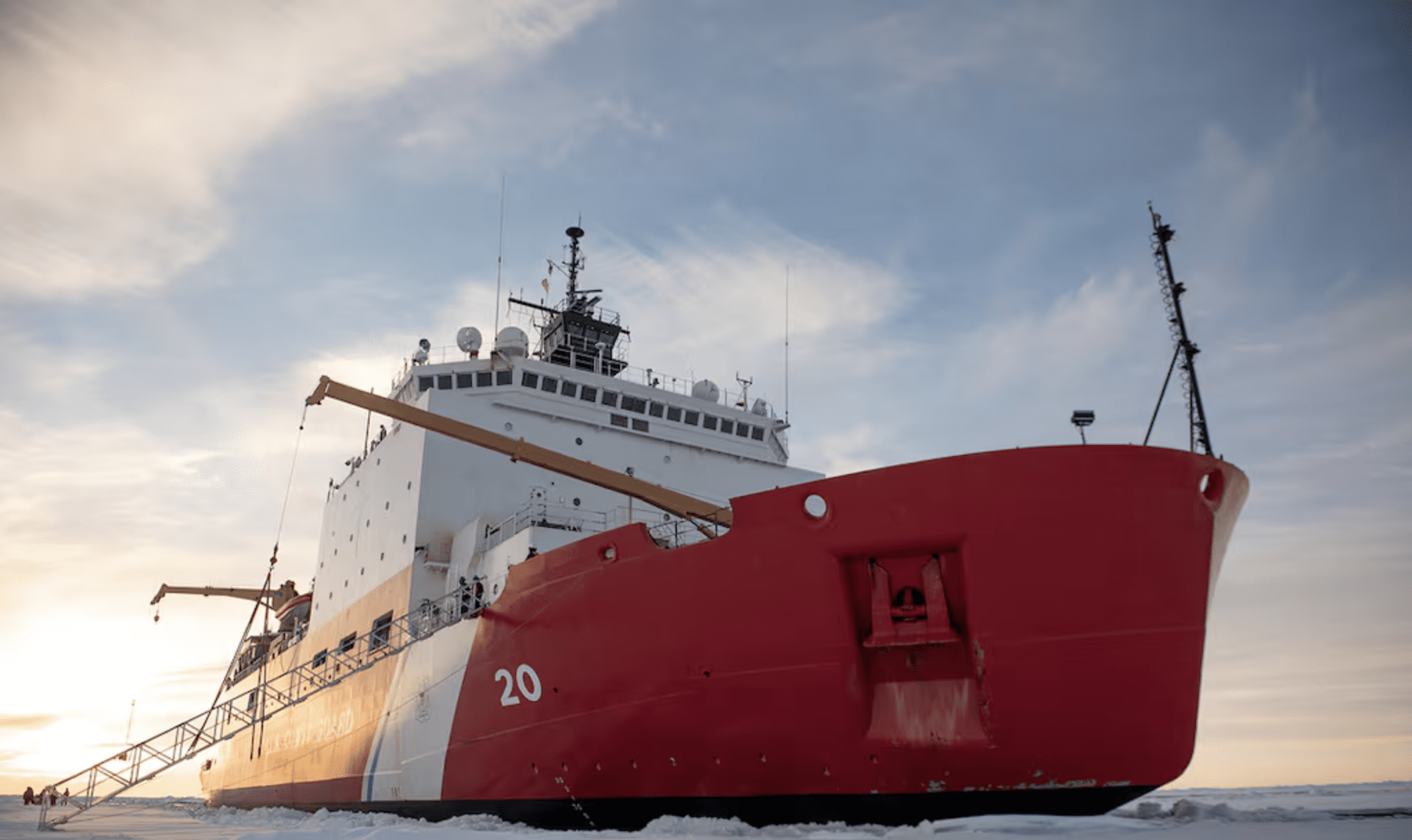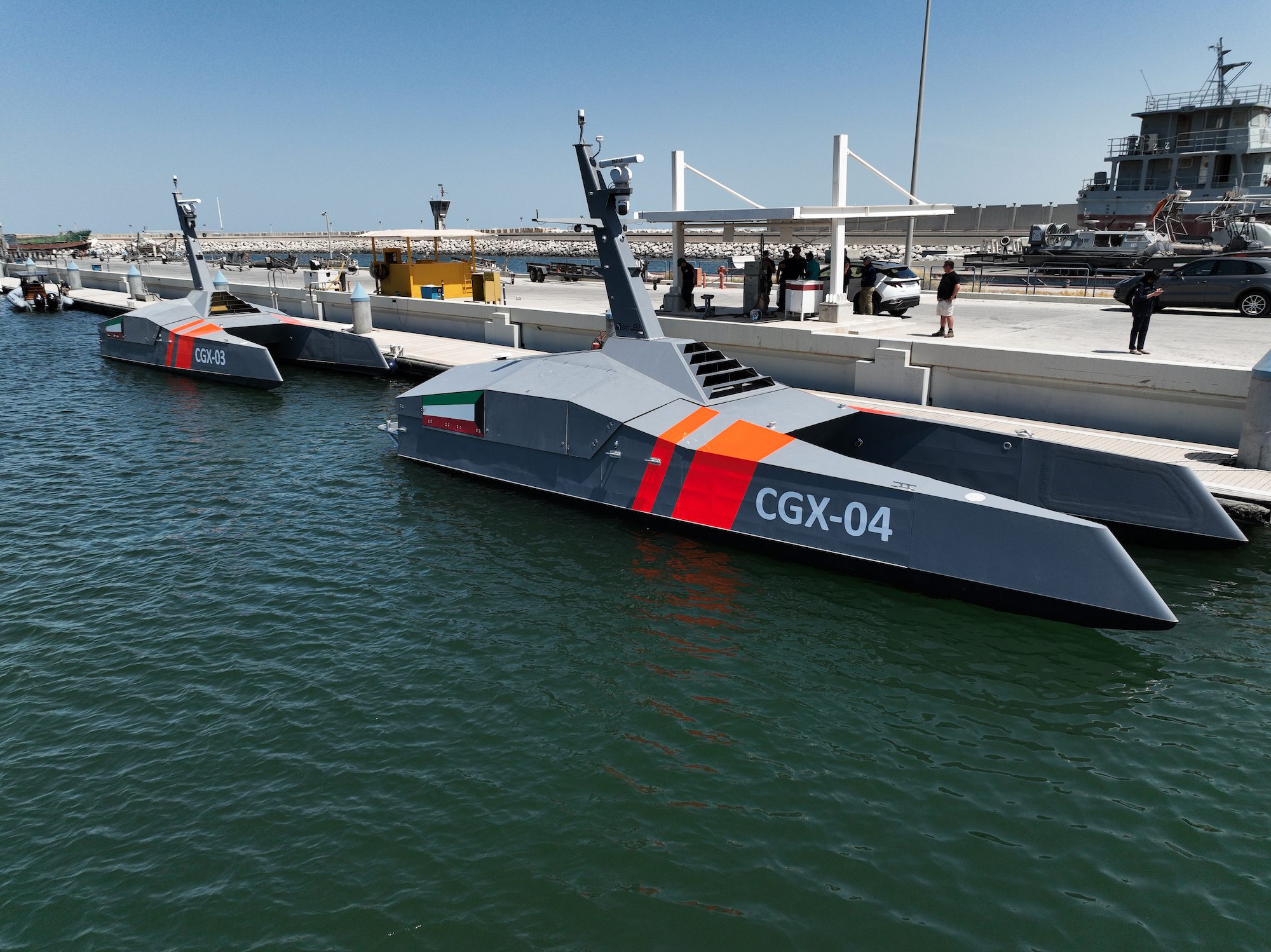 By Clay Maitland,
By Clay Maitland,
Our government’s present inability to land a cargo of gasoline via a U.S.-flagged vessel in icebound Nome, Alaska, symbolizes the shortage of foresight of our maritime policy makers. We are unable to provide a U.S.-flagged ice-strengthened tanker to lift cargo between points in the United States (within Alaska), and will apparently have to secure the services of a Russian vessel instead.
At the same time, the termination of the Global Maritime and Transportation School (GMATS), which has been at the forefront of professional training since its founding in 1994, seems to be another illustration of an “asleep at the switch” attitude toward our urgent maritime requirements. The two episodes have more in common than might at first appear.
Up to now, GMATS, located at King’s Point, has provided more than 140 maritime education and training programs, including four categories: nautical science and military training, marine engineering, transportation logistics and management. In 2010, more than 4,000 students were enrolled in GMATS programs. All of this now comes to an end, although the various state-sponsored maritime academies will no doubt attempt to take up the slack.
Many of the courses offered have particular significance in educating mariners in the finer points of safety management, a matter of increasing concern in our complex transportation environment. Bridge resource management, decision making, situational awareness, master/pilot relationships and voyage planning were among the courses on offer. Many of these courses were tailored to the equipment employed aboard ships owned by the companies sponsoring the students themselves.
The United States lacks a coherent policy for the advancement of seafarer education. Dedicated maritime professionals are basically taking the lead with little or no national support. Nevertheless, the United States is dependent to a constantly growing degree on safe and successful maritime systems. Since 1852, when the Steamboat Inspection Service was formed, the United States Coast Guard has certified and licensed our seafarers, with licenses at first issued to masters, chief mates, engineers and pilots. Certificates for lifeboatmen and able seamen were inaugurated in 1915, following the loss of the TITANIC. In 1936, the Officers’ Competency Certificates Convention was adopted, bringing with it more advanced requirements. The growing regulatory impact of the International Convention on Standards of Training, Certification and Watchkeeping (STCW), which was adopted in 1978 and entered into force in 1984, has had a massive impact on standards and qualifications for officers and watch personnel on seagoing merchant ships. Advances in technology resulted in amendments in 1995, and last year. Seafarers throughout the world are familiar with bridge training simulators, which have revolutionized the way in which navigation and watchkeeping are taught.
Programs like that of GMATS provide training in docking and undocking, bridge-to-bridge communications, safe navigation and the handling of towing vessels, barges and other craft in differing conditions of visibility, wind, current, traffic and unpredictable situations. Master/pilot communications, crisis management and the finer points of situational awareness are an important part of the course content, which go beyond the requirements mandated by the U.S. Coast Guard and the STCW Convention.
The provision of skills-based training, involving visual piloting, paper, electronic chart plotting, radar/ARPA and traffic management are all essentials in learning safe navigation in a complex variety of potential conditions that may occur on a vessel. The United States Merchant Marine Academy has been a leader in the development of Coast Guard-certified electronic display courses, which have themselves been the underpinning for the recent revisions to the STCW Convention. It is clear that a simulation-equipped classroom environment is a critically important teaching tool, in addition to the solo navigation training provided by use of simulators. What has been called the “revolution in navigation and visual training”, propelled by advances in Electronic Chart Display and Information Service (ECDIS) navigational training, has brought great advances in the programs offered at King’s Point and the federally regulated state maritime academies. As a result, ECDIS was included in the 2009 STCW Code and Guidance revisions that are part of the 2010 Manila Amendments.
At the International Maritime Organization (IMO), governments have strongly supported assessment criteria for heightened navigational competencies, uniform standards for ECDIS training, and guidance for vessel operators and flag states. The U.S Coast Guard has proposed requirements implementing the STCW Amendments, requiring all deck watch officers assigned to ECDIS-equipped vessels to “provide evidence of meeting the standard of competence” in ECDIS, and formulating the standards for such skills for United States mariners. A responsible approach to maritime education will require a comprehensive plan that is not at the mercy of the failures of political Washington.
Clay Maitland
To reach the author, go to www.claymaitland.com or Twitter @claymaitland

 Join The Club
Join The Club




 By Clay Maitland,
By Clay Maitland,






